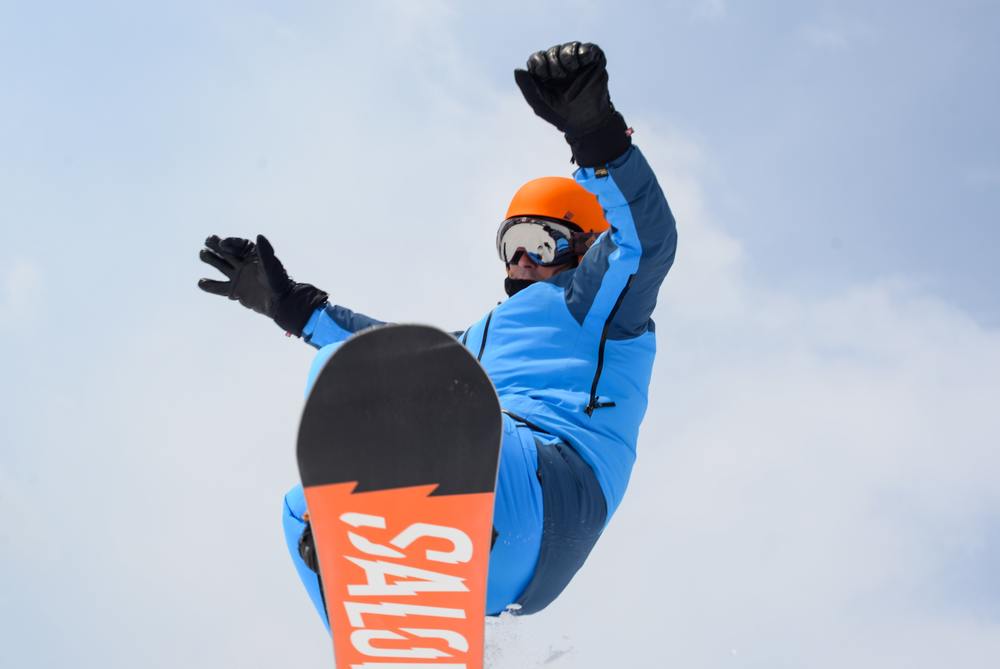Are you planning to vacation amid snowy mountains this time? Indeed, it’s quite the holiday idea, and you’re not alone – for instance, surveys have shown that nearly 1.5 million people visit the Australian Alps each year.
While packing your bags with all the winter essentials, don’t forget to carry a snowboard or two along. Snowboards can equip you with a great way to an adventure in the mountains, have incredible fun and get plenty of exercise at the same time.
If you are new to snowboarding, this read will familiarise you with the different types of snowboards and what sets them apart.
The 4 Different Snowboards and their Headline Features
It’s time for Lesson 1 of Snowboarding 101. Listed below are the various snowboard types you are likely to come across:
The Freestyle Boards
This snowboard derives its name from a classic snowboarding style. The Freestyle snowboard is for anyone who loves to perform tricks like the extreme park, the flex, and the high jumps.
Given the intensity of freestyling, this snowboard type is characterised by a medium flex, an occasional twin shape, shorter than standard length, and a wider than the usual base – and all this, to facilitate safe landings without any broken bones.
If you are a beginner, the freestyle boards will not quite suit you.
The All-Mountain Boards
If no-holds-barred snowboarding is up to your alley, the All-Mountain snowboard is just what you need. You can cruise through mountain surfaces of all kinds on this snowboard – flat, rocky, slippery, and curved.
The USP of an All-Mountain snowboard is its endurance. Therefore, it has a more directional shape, a medium (soft or stiff) flex, a narrow board tail, and various camber. Moreover, these snowboards are ideal for beginners, novices, and masters alike.
The Alpine Boards
If ‘let’s play it safe’ is your snowboarding mantra, the Alpine boards can help you stick to that. First off, this board does not support tricks and ambitious stunts. But it remains an excellent choice if you like to snowboard at high speeds, and make clean, orchestrated turns at the same time.
Here’s what you can expect from an Alpine snowboard:
- A longer than usual board length
- Narrow base
- A shovel tip tail
- A symmetrical-cum-asymmetrical snowboard design
However, if you are opting for an alpine snowboard, you cannot afford to forget this – you can only adventure in one direction at a time.
The Powder Boards
If you’re one of many who enjoy the feeling that comes from snowboarding in the powder technique, the Powder board was designed for you. A specialist by build, one of its defining features is the tapered shape, coupled with a nose whose length consistently exceeds the tail.
Akin to the other boards on this list, this board also boasts a medium flex. Further, you will find a hybrid camber and a slagged base.
Now, if you’re wondering: What snowboard do I use if I am a complete newbie? It’s simple.
While an All-Mountain snowboard will work just fine, you can always ask for a beginner snowboard at stores. They tend to be a straightforward affair, with a true twin shape and medium-soft flex.
Summing Up
You can consider this read to be a bite-sized crash course on snowboards, and you won’t be wrong. Apart from knowing the different snowboard types, it would help to do some homework on the various parts of a snowboard, the multiple moves, styles, etc.
When you’re ready, just stroll into a store, buy a snowboard of your choice, and finish your packing. After all, you have got some snowboarding to do!
